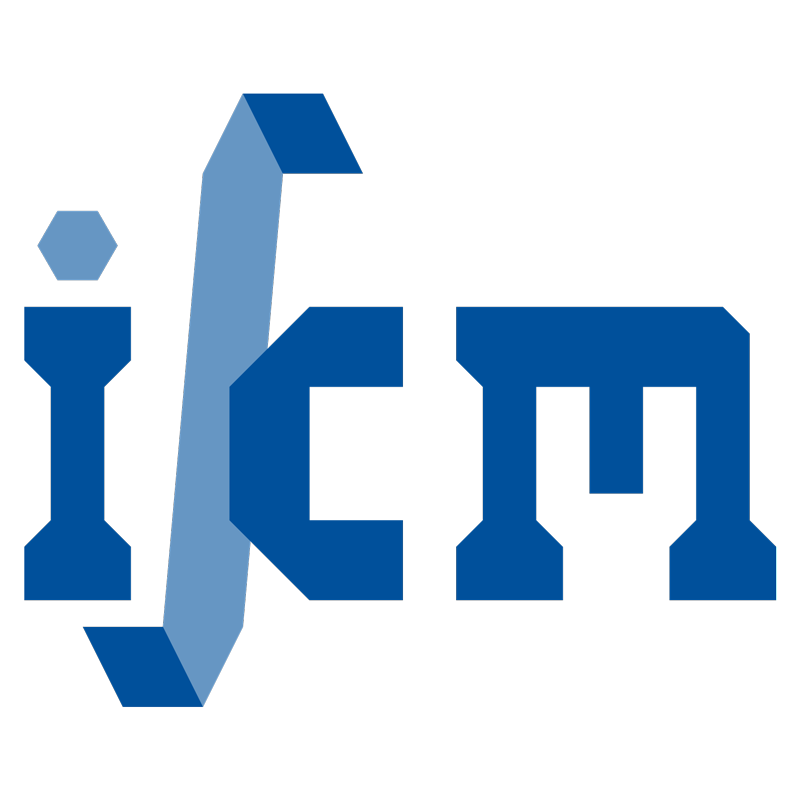Phase-field modeling of fluid-driven dynamic cracking in porous media
- verfasst von
- Shuwei Zhou, Xiaoying Zhuang, Timon Rabczuk
- Abstract
A phase field model for fluid-driven dynamic crack propagation in poroelastic media is proposed. Therefore, classical Biot poroelasticity theory is applied in the porous medium while arbitrary crack growth is naturally captured by the phase field model. We also account for the transition of the fluid property from the intact medium to the fully broken one by employing indicator functions. We employ a staggered scheme and implement our approach into the software package COMSOL Multiphysics. Our approach is first verified through three classical benchmark problems which are compared to analytical solutions for dynamic consolidation and pressure distribution in a single crack and in a specimen with two sets of joints. Subsequently, we present several 2D and 3D examples of dynamic crack branching and their interaction with pre-existing natural fractures. All presented examples demonstrate the capability of the proposed approach of handling dynamic crack propagation, branching and coalescence of fluid-driven fracture.
- Organisationseinheit(en)
-
Institut für Kontinuumsmechanik
- Externe Organisation(en)
-
Bauhaus-Universität Weimar
Tongji University
Ton Duc Thang University
- Typ
- Artikel
- Journal
- Computer Methods in Applied Mechanics and Engineering
- Band
- 350
- Seiten
- 169-198
- Anzahl der Seiten
- 30
- ISSN
- 0045-7825
- Publikationsdatum
- 15.06.2019
- Publikationsstatus
- Veröffentlicht
- Peer-reviewed
- Ja
- ASJC Scopus Sachgebiete
- Numerische Mechanik, Werkstoffmechanik, Maschinenbau, Allgemeine Physik und Astronomie, Angewandte Informatik
- Elektronische Version(en)
-
https://doi.org/10.1016/j.cma.2019.03.001 (Zugang:
Geschlossen)


